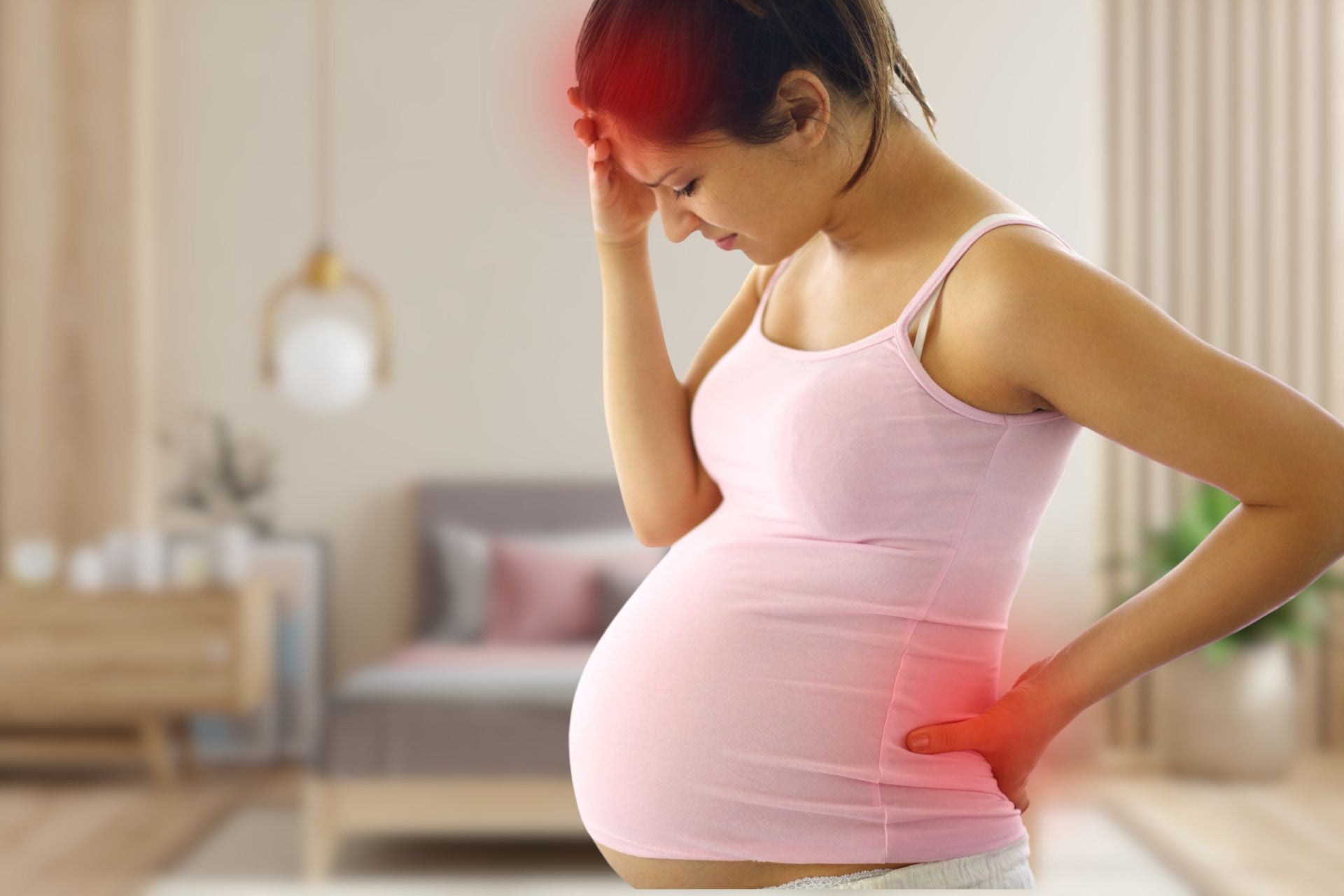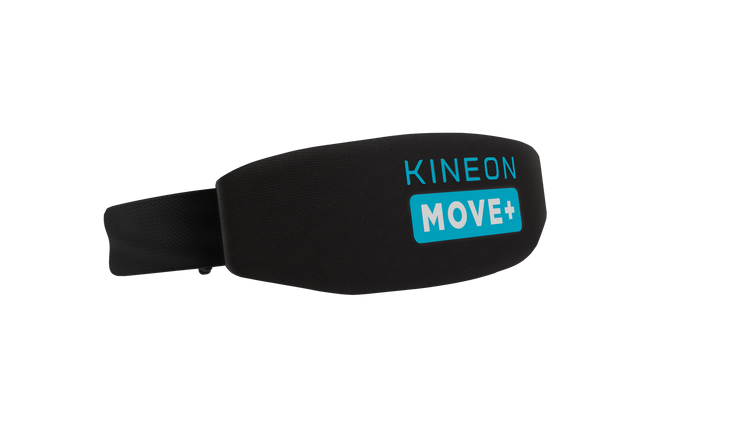Expectant mothers go through a lot in the months leading up to childbirth. As you prepare for that nine-month point, there could become a time in the process when even falling asleep can feel uncomfortable.
Your favorite shoes may feel tighter than normal as you notice gradual swelling in your legs and feet - especially from the second trimester and throughout.
While this can be a natural part of pregnancy, there are easy tips and tricks for managing swelling.
In an effort to help you reduce this and feel relief, we’ve pulled together everything you need to know to manage swelling during pregnancy.
What Causes Swelling During Pregnancy?
Swelling during pregnancy is usually caused by the body producing more blood than usual as this helps the baby to grow healthily.
When the baby gets bigger, the uterus is pressed on which can sometimes block the veins that return blood from your legs to your heart.
As your hormones are changing during this process, the walls of your veins turn softer which makes it more difficult for them to work as they usually would. As a result, blood can pool in your legs and leak through blood vessels into the tissues which then brings on the swelling.
With this becoming more prominent when the baby grows, a lot of women feel and see the majority of swelling in the later stages of the pregnancy.
When Does Swelling During Pregnancy Become a Problem?

Remember that while swelling is very much a normal part of pregnancy, you should keep an eye on your symptoms and go to the doctor if you’re concerned. Gradual swelling can be expected but sudden swelling should prompt you to get it checked out.
Other conditions and disorders can cause the same symptom too, so ask about the following disorders with your doctor if you’re worried in any way:
- Preeclampsia
- Peripartum cardiomyopathy
- Deep vein thrombosis
If you have any of the below warning signs go see a doctor or to the hospital immediately:
- Moderate or severe swelling in the hands
- Chest pain
- Swelling in only one leg or calf, particularly if the area is warm, red, and/or tender
- Blood pressure that is 140/90 mm Hg or higher
- Severe persistent headache, changes in vision, confusion, upper abdominal pain, or difficulty breathing
Why Hands, Feet, Ankles and Fingers Often Swell the Most
The feet, ankles, and legs see a lot of swelling during this process as gravity naturally pulls any extra fluid down, causing this area to see a visible increase in size nearer the end of the day.
Fluid retention is the cause for all of this unless it’s due to another issue. Although the legs and ankles do collect extra fluid, it can sometimes be collected in the hands and fingers too.
Tips for Managing Swelling

Swelling can feel like an unavoidable inconvenience - especially when you hear stories from family and friends who pass on their experiences - but there are ways to find relief during this.
We’ve listed five simple yet effective strategies that you can incorporate into your daily routine to help you manage swelling during pregnancy.
Wear Compressions Socks
Compression socks or stockings are specially made to gently apply pressure to your legs and ankles. The aim of wearing them is to improve blood flow from your legs to your heart and are a handy option for when you’re suffering from swelling.
The socks can reduce swelling, prevent it from occurring, and increase the absorption of excess fluid (the common cause for those in pregnancy!).
They can also reduce the ability of superficial veins to expand which is where they’d normally fill with blood and cause congestion.
When you’re less active, like in the weeks running up to your due date when exercise may become more uncomfortable, there’s more chance of pooling and the retention of blood in the legs - compression socks can help out when you’re sitting for long periods of time.
Gentle Exercise
Sitting down for a long time can increase the chance of excess blood being retained, so opt for some light exercise throughout the day if you can.
You shouldn’t take on anything too strenuous and should consult your doctor about what you can and can’t do depending on how far along you are. Some gentle exercises could include walking, riding a stationary bike, or swimming.
While this may not completely erase the swelling, it can provide some light relief as it boosts blood circulation.
Red Light Therapy
Red light therapy is a holistic treatment method that can help a variety of people - from athletes looking to help their muscles recover after a hard session at the gym, celebrities aiming for a clearer complexion, to pregnant women who need relief from swelling.
It can help you with your swelling symptoms as it stimulates circulation which encourages blood to flow properly and this then floods out toxins too. In turn, you could see less swelling and inflammation.
The benefits of this form of therapy don’t stop there either, as it can ease the pain which is a common part of the pregnancy experience. It does so by stimulating the production of nitric oxide which helps to dilate blood vessels.
When vessels are dilated, circulation is increased so more oxygen and nutrients can be delivered to any painful areas. These nutrients aid the healing process, as well as focusing on the inflammation too.
Adenosine triphosphate (ATP) is kick started too. The boost of ATP (the energy currency of cells) means the repair and regeneration of damaged tissues can begin more quickly.
And while the painful areas are being repaired, the wavelengths influence the activity of muscle cells which can have a relaxing effect.
Here are the other pregnancy symptoms that red light can help with:
- Backache - can be treated with physical therapy and/or RLT
- Abdominal aches, pains, and cramps - can be treated with over-the-counter (OTT) medication and (sometimes) RLT
- Hip pain - can be treated with physical therapy and exercises, medication and RLT
- Varicose veins - can be treated with compression and RLT
- Cramping in the legs and feet - can be treated with massage, compression, and RLT
Hydrate
While it seems quite counterintuitive, the more water you drink, the less fluid your body will store in the tissues.
So not only is it a healthy practice to bear in mind at every stage in life, but staying hydrated can greatly help those in pregnancy too.
Generally, experts say pregnant women should drink 8 cups to 12 cups of fluid a day which amounts to around 64 - 96 ounces.
Elevate Your Legs When You Can
It can feel a little funny laying down with your feet dangling in the air, but keeping your legs elevated can do wonders for swollen legs and feet!
Lay down and prop your ankles up with pillows, the aim is to get your ankles above the line of your chest if possible. As the lower areas of the body accumulate liquids which causes them to swell, elevation can help the blood and fluid return to the heart.
This can really help with relieving the swelling and it’s an easy one to do too. You could do this for 20 minutes at a time, three to four times a day.
For more articles on women’s health, read:







